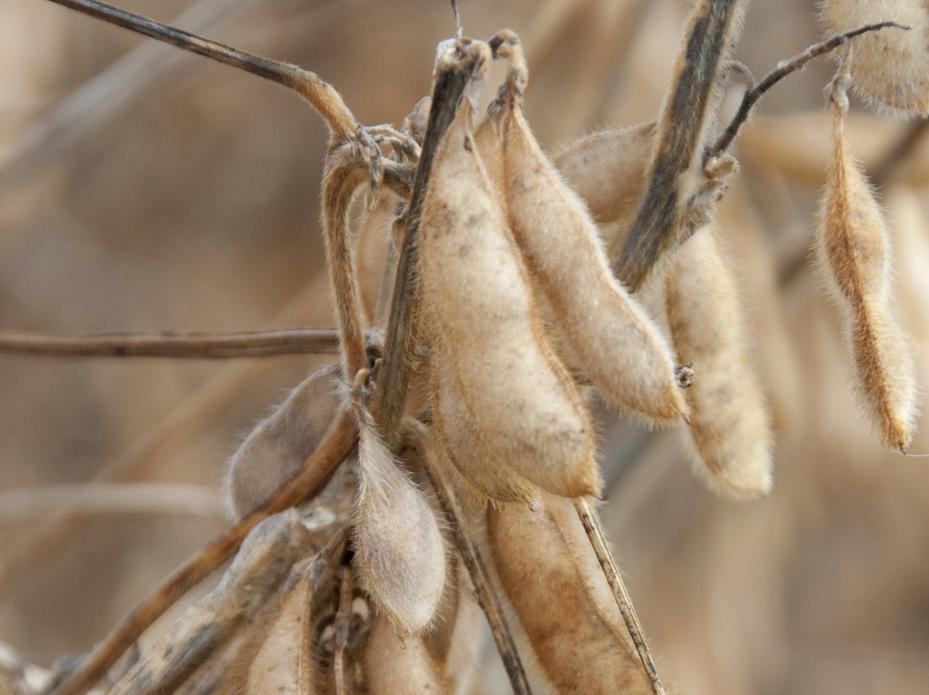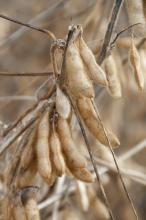Information Possibly Outdated
The information presented on this page was originally released on March 30, 2012. It may not be outdated, but please search our site for more current information. If you plan to quote or reference this information in a publication, please check with the Extension specialist or author before proceeding.
Markets, rotation needs drive planting decisions
MISSISSIPPI STATE -- Crop rotation benefits and market prices remain the driving forces behind farmers’ planting decisions.
The U.S. Department of Agriculture’s prospective plantings report, released March 30, forecasts 4.67 million acres planted in nine Mississippi crops, an increase of 3 percent from total acreage in 2011.
John Michael Riley, agricultural economist with Mississippi State University’s Extension Service, said farmers probably are making their decisions to plant or not to plant soybeans and corn based on rotational needs.
“The biggest surprise in this report is a decline of 70,000 acres in soybeans,” Riley said.
USDA is predicting Mississippi farmers will plant 1.75 million acres of soybeans, down 4 percent from 2011. This will mark the third consecutive year of reduced soybean acreage in the state. Soybeans remain the leader in the state’s planted acreage, just ahead of corn, which is forecast to increase 11 percent to 900,000 acres.
“Cotton and rice planting decisions were strongly influenced by market prices,” Riley said. “The state’s farmers will plant 135,000 acres of rice, down 16 percent.”
Mississippi cotton is forecast to decline 8 percent after two expansion years since the record low of 290,000 acres in 2009. USDA predicts a drop from 630,000 acres planted in 2011 to 580,000 acres.
Erick Larson, Extension grain crops agronomist, said he had expected corn and soybean acreage to increase in the state this year.
“Rainy weather during April still can change planting decisions,” he said. “But, if the weather cooperates, we should see a lot of corn planted this year.”
After two dry growing seasons, Larson said the 54 percent increase in grain sorghum acreage and the 33 percent increase in winter wheat acreage can be attributed to the crops’ drought tolerance or avoidance, respectively. Mississippi farmers are growing 480,000 acres of wheat, most of which will be harvested in late-May or June, and intend to plant 80,000 acres of sorghum.
“The record yields for wheat last year, which was 64 bushels per acre, were also very encouraging for farmers when they were making their planting decisions last fall,” Larson said.
Riley said the other big news in the USDA report is the 233 percent increase in Mississippi’s peanut acreage. Most of the new acres will be in the Delta.
“At a total of 50,000 acres, Mississippi is still not a big part of the national peanut crop. We are projected to move up from 10th place last year, when we grew 15,000 acres, to seventh out of 11 peanut-producing states,” Riley said. “The top two peanut states, Georgia and Alabama, will have the largest acreage increases, for totals of 570,000 and 210,000 acres, respectively.”
Hay acreage also is forecast to increase, but only by 4 percent, for a total acreage of 750,000.
Sweet potato acreage will decline in the state. Mississippi farmers will plant 23,000 acres of sweet potatoes, down 4 percent.













